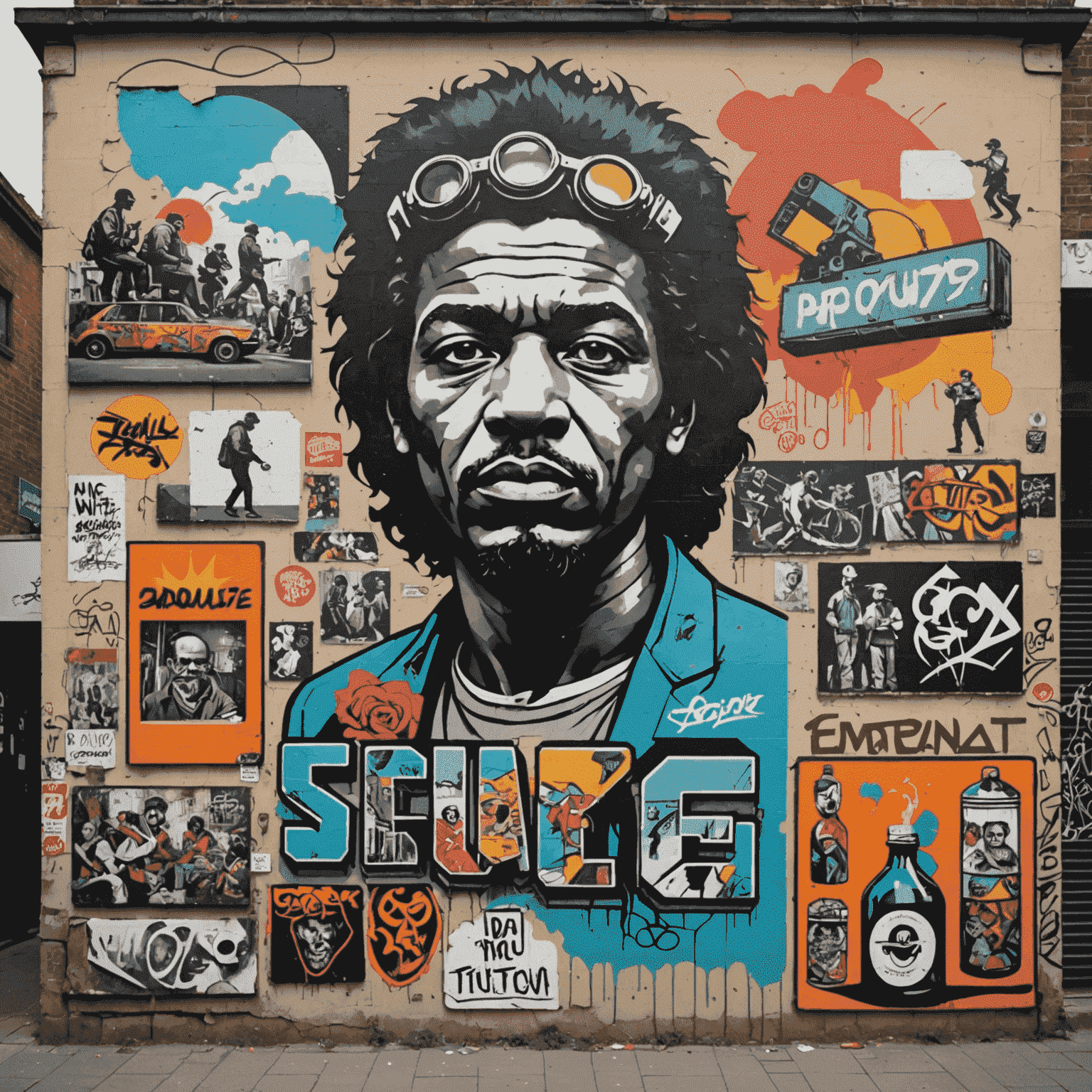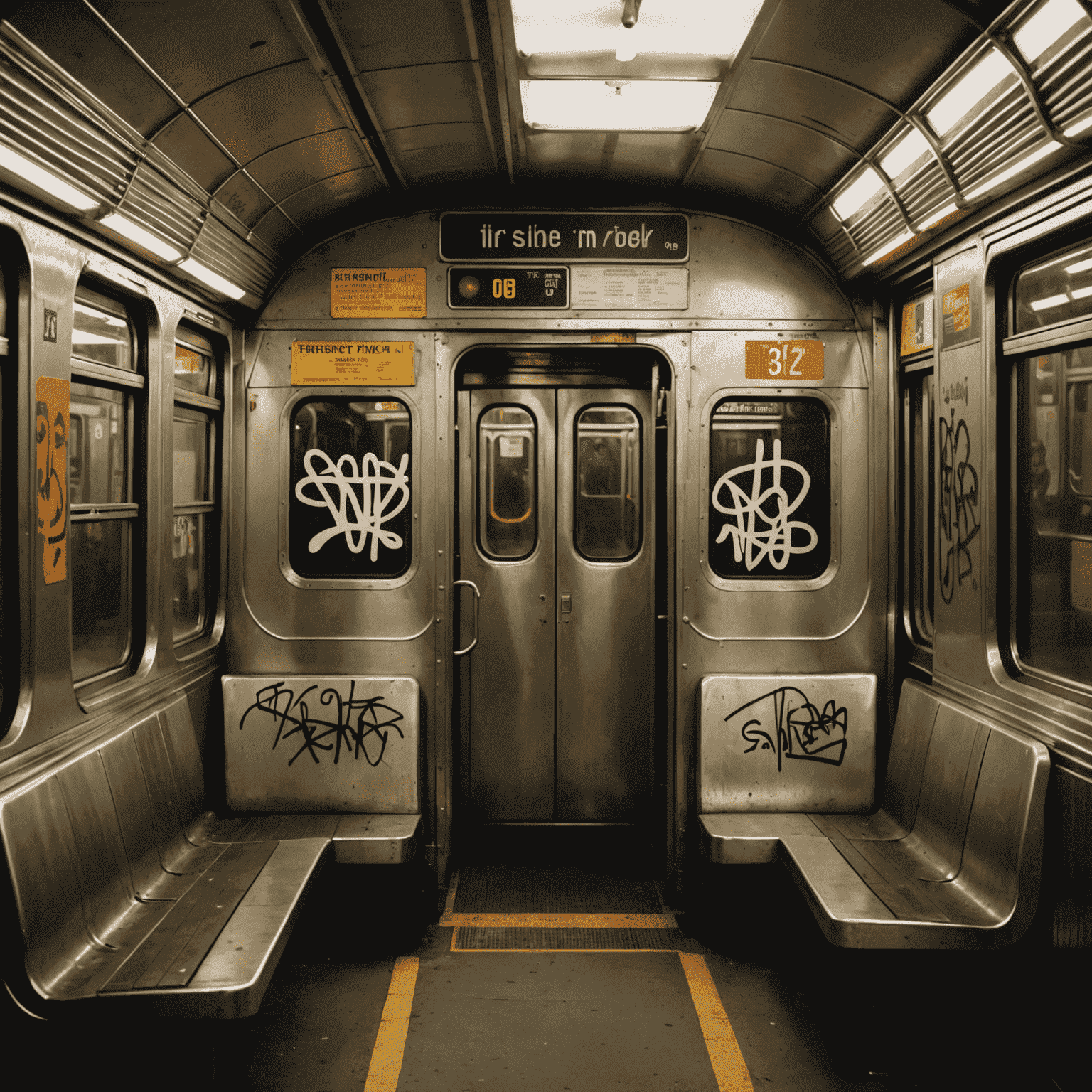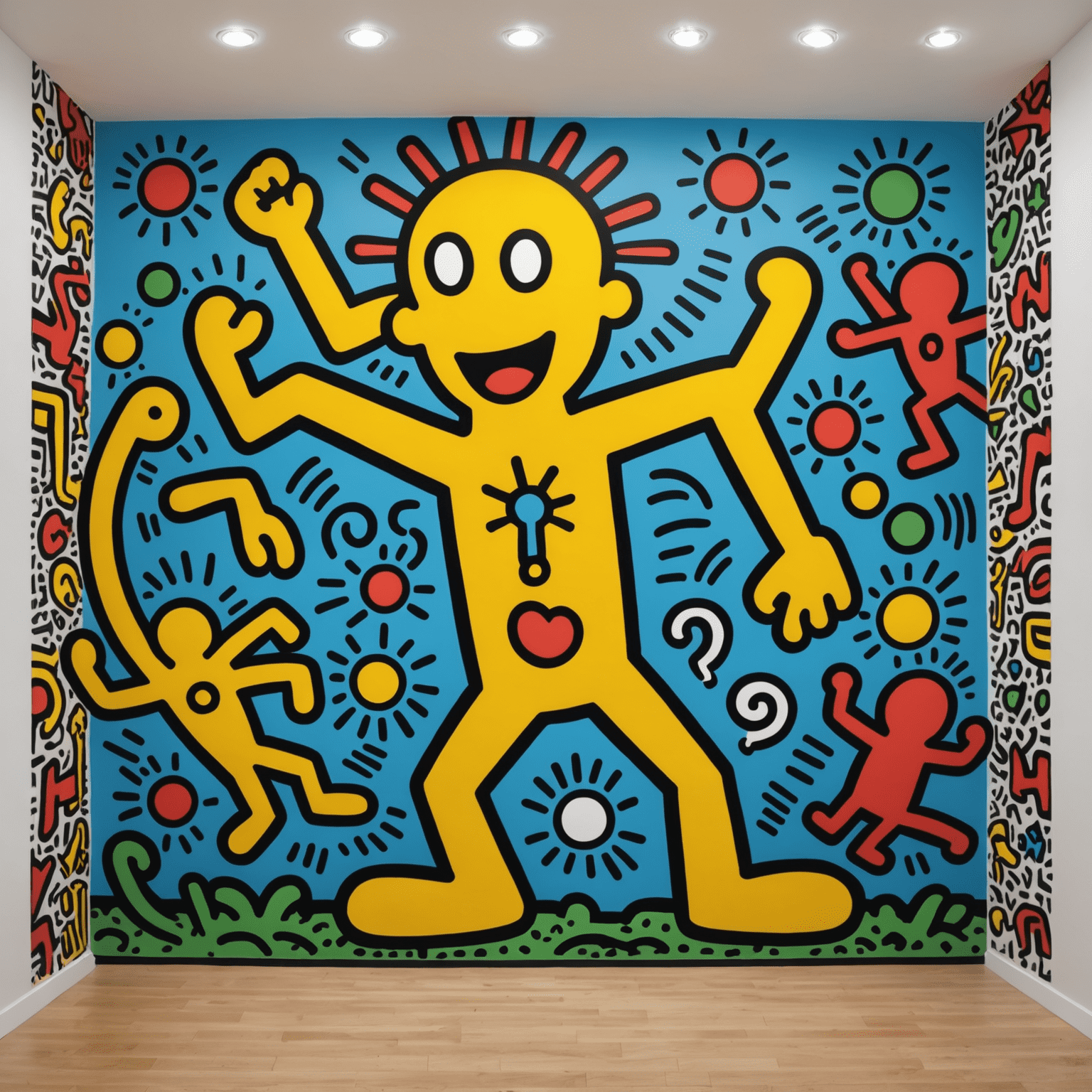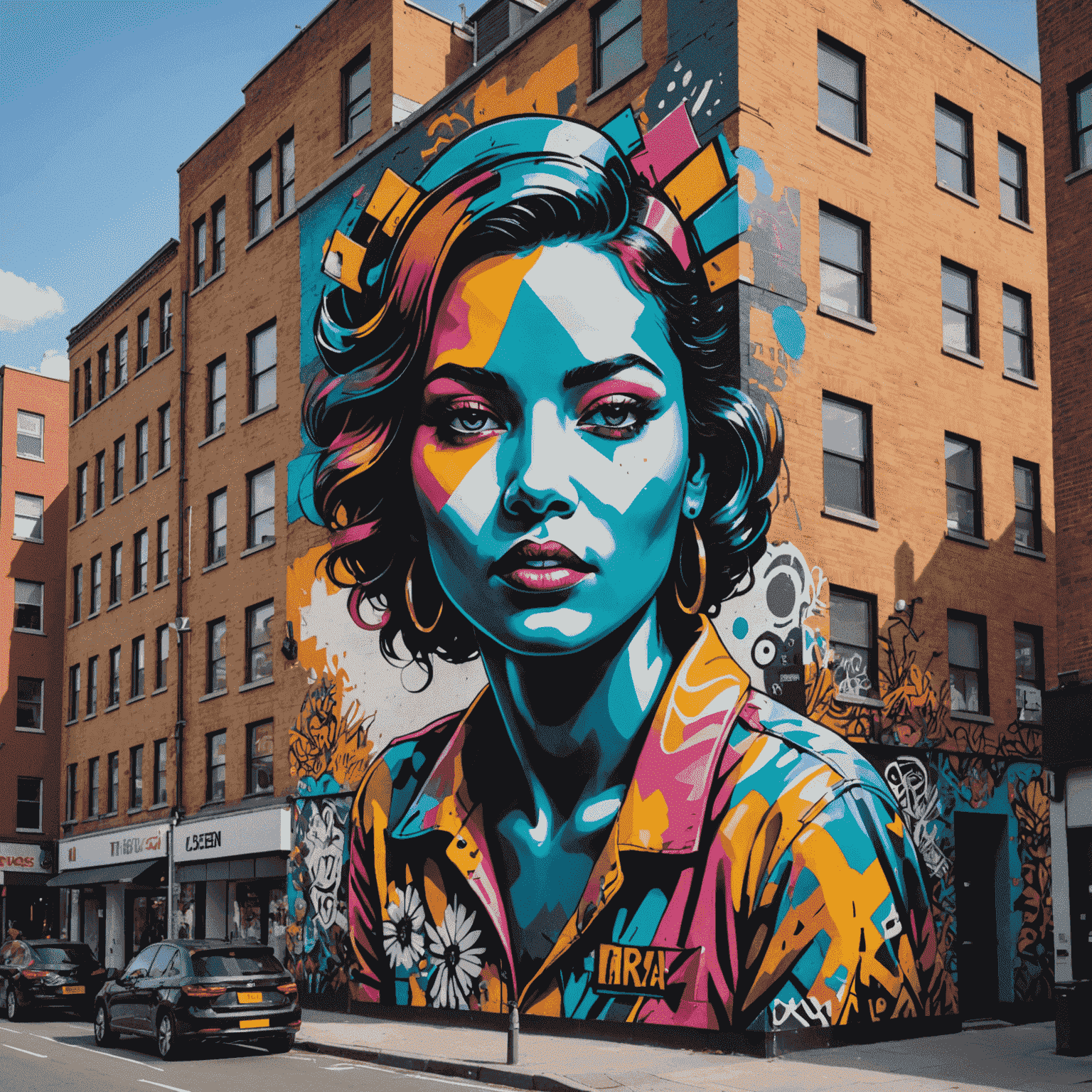The History of Street Art: From Graffiti to Galleries

Street art has come a long way from its humble beginnings as alternative graffiti to its current status as a respected form of public art. Let's dive into this colorful journey that has transformed urban landscapes around the world.
The Roots of Street Art
The origins of street art can be traced back to the graffiti movement of the 1960s and 1970s in New York City. Young artists, often from marginalized communities, began leaving their marks on subway cars and building walls, creating a visual language of tags and throw-ups that spoke to identity and territorial claims.

The Rise of Graffiti Wall Art
As the graffiti movement grew, so did the complexity and artistry of the works. Artists began creating elaborate pieces, often collaborating on large-scale murals that covered entire walls. This era saw the emergence of graffiti wall art as a distinct form, with artists developing unique styles and techniques.
From Transformation to Validation
The 1980s marked a turning point for street art. While still largely considered expression by authorities, the art world began to take notice. Galleries started showcasing works by street artists, bringing this urban art form into traditional art spaces. Artists like Keith Haring and Jean-Michel Basquiat became household names, bridging the gap between street and fine art.

The Global Phenomenon
As we entered the new millennium, street art exploded onto the global stage. Artists like Banksy brought political commentary and social critique to city walls worldwide, challenging viewers and sparking conversations. The internet and social media allowed street artists to share their work with a global audience, further legitimizing the art form.
Street Art Today: A Respected Public Art Form
Today, street art is widely recognized as a valuable form of public art. Cities around the world commission large-scale murals to revitalize neighborhoods and attract tourism. Street art festivals draw international crowds, and museums dedicate entire exhibitions to the genre. The once rebellious act of painting on walls has transformed into a celebrated means of beautifying urban spaces and expressing community identity.

The Future of Street Art
As technology advances, street artists are experimenting with new mediums like projection mapping, augmented reality, and interactive installations. These innovations are pushing the boundaries of what street art can be, while still maintaining its core essence of public accessibility and urban intervention.
The journey of street art from graffiti to galleries is a testament to the power of creativity and the evolving perceptions of art in our society. What began as an act of rebellion has blossomed into a respected and influential art movement, forever changing the way we interact with and appreciate our urban environments.